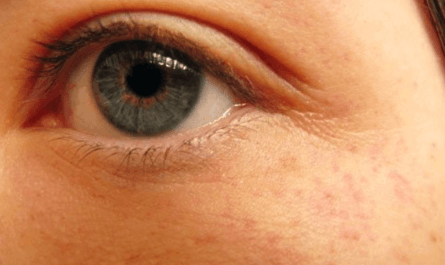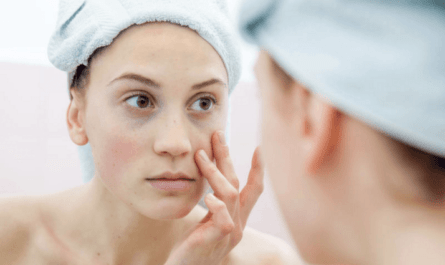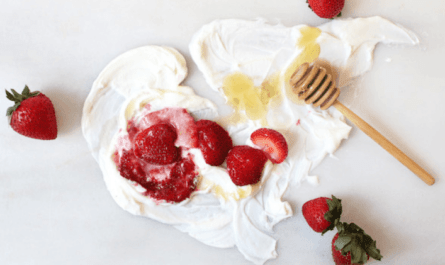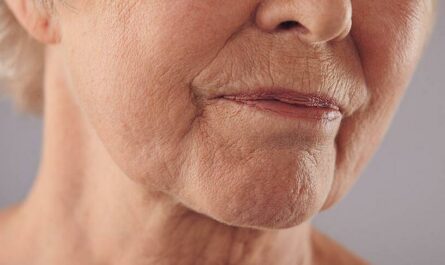Glycerine has become a buzzword in the world of skincare, praised for its remarkable benefits and versatility in rejuvenating and nourishing the skin. From intense hydration to anti-aging effects, this natural humectant has taken the beauty industry by storm. In this comprehensive guide, we will delve into the multitude of uses and benefits of glycerine for the skin, exploring its properties, and how it can transform your skincare routine.
What is Glycerine?
Glycerine, also known as glycerol, is a colorless and odorless liquid derived from fats and oils. It can be obtained through the hydrolysis of vegetable oils or as a byproduct of soap production. Glycerine exists in two forms: natural glycerine obtained from plant sources and synthetic glycerine produced from petrochemicals.
Glycerine has been used for various purposes throughout history. Its versatile nature and unique properties have made it a popular ingredient in a wide range of industries, including food, pharmaceuticals, and cosmetics. In the skincare realm, glycerine has gained significant attention for its exceptional moisturizing abilities and ability to improve overall skin health.
Characteristics of Glycerine
- Water-soluble – It dissolves in water and is used for many cosmetics and pharmaceutical products.
- Non-toxic and topical – This can be used either internally or externally. Even people who have sensitive skin can use glycerine!
- Viscous – Glycerine is viscous even at normal temperatures. It is thick and can be poured slowly. This characteristic helps when using it in food.
- Hygroscopic – This absorbs moisture, keeping the skin and body moisturized!
- Biocompatible – Living tissues such as muscles are compatible with glycerine. It is also used as filler inside the body.
- Lubricant – It does not oxidize easily, making it a great lubricant.
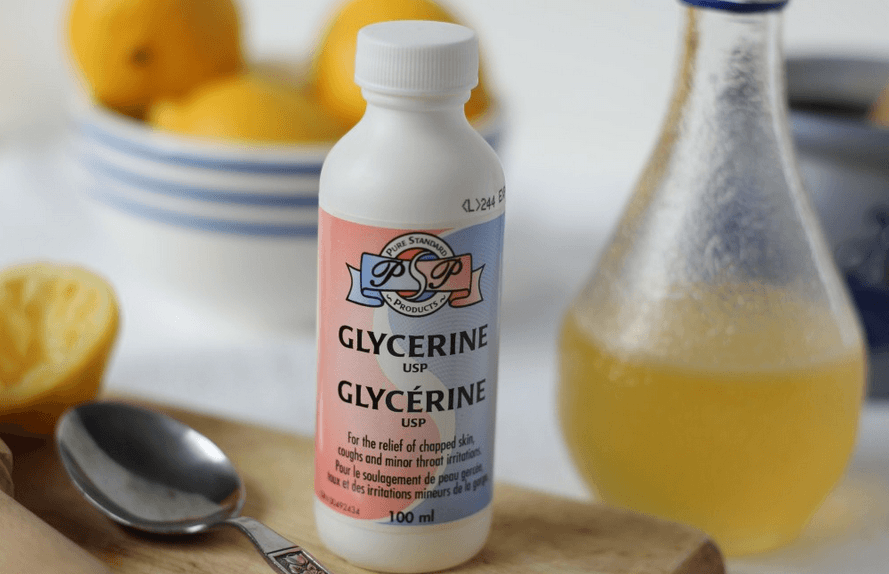
Uses and Benefits of Glycerine for Skin
1. Intense Hydration
Glycerine’s primary benefit is its ability to hydrate the skin intensely. It acts as a magnet, drawing moisture from the air and binding it to the skin, resulting in a plump and well-hydrated complexion. By maintaining the skin’s water balance, glycerine helps combat dryness, flakiness, and dullness.
Dehydrated skin often lacks moisture, which can lead to various skin concerns, including fine lines, wrinkles, and a rough texture. Glycerine’s humectant properties help replenish moisture levels, promoting a more youthful appearance.
Its hydrating effects can be especially beneficial for individuals with dry skin, as well as those living in arid climates.
2. Anti-Aging Effects
As we age, our skin undergoes natural changes, resulting in the appearance of fine lines, wrinkles, and a loss of elasticity. Glycerine plays a crucial role in reducing these signs of aging.
By promoting hydration and improving the skin’s barrier function, glycerine helps diminish the appearance of wrinkles and gives the skin a more youthful and radiant look.
When the skin lacks moisture, fine lines and wrinkles become more pronounced. Glycerine’s ability to attract and retain water helps plump the skin, thereby reducing the visibility of fine lines.
Additionally, its occlusive properties create a protective barrier on the skin’s surface, preventing moisture loss and maintaining hydration levels over time.
3. Healing and Protection
Glycerine’s healing properties make it an excellent ingredient for repairing and protecting the skin. It aids in the regeneration of damaged skin cells and helps create a barrier against external aggressors. This is particularly beneficial for individuals with cracked or irritated skin, as glycerine provides relief and promotes faster healing.
Dry and damaged skin can be prone to cracking, flaking, and even painful irritation. Glycerine’s emollient properties help soothe and hydrate the skin, reducing discomfort. Additionally, its occlusive properties create a protective layer that shields the skin from environmental stressors, such as pollution and harsh weather conditions.
4. Enhancing Skin Texture
Smooth and soft skin is a coveted goal for many. Glycerine can help achieve this by improving skin texture. Its moisturizing properties contribute to a smoother and more supple complexion, reducing the appearance of rough patches. With consistent use, glycerine can lead to long-term improvements in skin texture and overall appearance.
Dryness and dehydration can result in a rough and uneven skin texture. Glycerine’s ability to attract and retain moisture helps alleviate this issue by restoring the skin’s natural hydration. As the skin becomes more hydrated, it regains its elasticity and suppleness, resulting in a smoother and more refined texture.
5. Compatibility with Different Skin Types
One of the remarkable aspects of glycerine is its compatibility with various skin types. Whether you have dry, oily, or sensitive skin, glycerine can be incorporated into your skincare routine. It helps balance oil production, soothes irritation, and provides hydration without clogging pores. Additionally, glycerine can be adapted to suit different climates and environmental conditions.
Individuals with dry skin often struggle to maintain adequate moisture levels, leading to a tight and uncomfortable feeling. Glycerine’s humectant properties help replenish moisture, providing relief from dryness.
Meanwhile, those with oily skin may worry about using products that can exacerbate oiliness or clog pores. Glycerine is non-comedogenic, meaning it does not clog pores, making it suitable for oily or acne-prone skin.
Sensitive skin requires gentle care and products that do not cause irritation or redness. Glycerine’s soothing properties make it an ideal ingredient for individuals with sensitive skin. It helps calm irritation and inflammation, promoting a healthier and more balanced complexion.
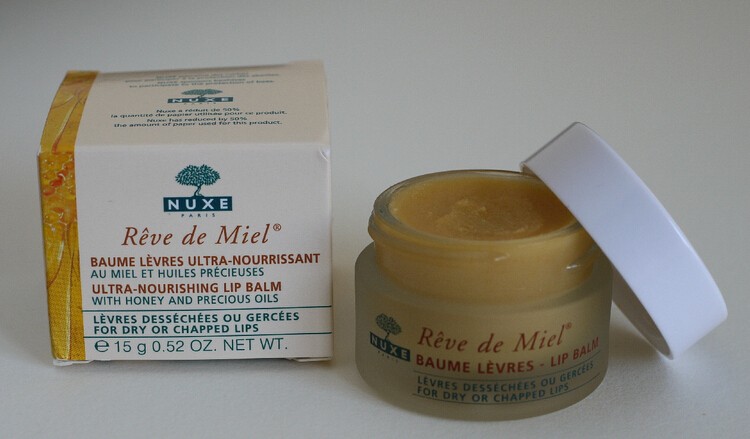
Pure Glycerine vs. Glycerine-Infused Products
When using glycerine for skincare, you have the option of using pure glycerine or choosing products that contain glycerine as one of their ingredients. Pure glycerine can be directly applied to the skin, while glycerine-infused products offer a more convenient and versatile approach. It is essential to select high-quality products that suit your specific skin concerns.
Pure glycerine, often available in liquid or gel form, can be applied directly to the skin. However, it is crucial to dilute it before use, as pure glycerine can be highly concentrated and may cause skin irritation if used undiluted. Mix a small amount of glycerine with water or other suitable ingredients to create a safe and effective solution for your skin.
Glycerine-infused products, such as moisturizers, serums, and face masks, offer a convenient way to incorporate glycerine into your skincare routine. These products contain glycerine along with other beneficial ingredients that cater to specific skin concerns. Look for products that have high concentrations of glycerine and are free from potentially harmful additives.
Application Tips for Glycerine
To maximize the benefits of glycerine, proper application is key. Start by cleansing your face thoroughly and patting it dry. Apply a small amount of glycerine or a glycerine-infused product gently onto your skin, focusing on areas that require extra hydration. It is recommended to use glycerine once or twice a day, depending on your skin’s needs.
When applying glycerine, it is important to remember that a little goes a long way. Using too much glycerine on your skin may leave a sticky residue. Start with a small amount and gradually increase as needed, observing how your skin responds. Experimentation and finding the right balance for your skin are key to achieving optimal results.
DIY Glycerine Skin Care Recipes
If you prefer a hands-on approach and enjoy customizing your skincare routine, you can experiment with DIY glycerine skincare recipes. These homemade treatments allow you to tailor the ingredients to address specific skin concerns and ensure the freshness and quality of the products you apply to your skin.
Simple DIY glycerine face masks can be created using readily available ingredients from your pantry or local grocery store. For example, you can mix glycerine with honey for a hydrating and soothing mask. Honey offers antimicrobial properties and additional hydration benefits, making it an excellent complement to glycerine.
Another DIY option is to create a glycerine toner by combining glycerine with floral waters or herbal infusions. This toner can help balance the skin’s pH, provide hydration, and enhance the absorption of subsequent skincare products. Experiment with different combinations to find the one that works best for your skin type and concerns.
Remember, when preparing DIY skincare products, always prioritize hygiene and ensure that all ingredients are fresh and suitable for your skin. Perform a patch test before applying a new homemade product to your face to check for any adverse reactions.
Precautions and Best Practices
It is crucial to understand the concentration of glycerine to ensure safe and effective use. Pure glycerine can be highly concentrated, so it is advisable to dilute it with water or other suitable ingredients. Always follow recommended dilution ratios and perform a patch test before applying glycerine to larger areas of your skin.
When diluting glycerine, consider the specific requirements of your skin. Some individuals may benefit from a more concentrated glycerine solution, while others may find it suitable to use a more diluted form. Pay attention to how your skin reacts and adjust the concentration accordingly.
Potential Side Effects
While glycerine is generally safe for most individuals, there is a possibility of allergic reactions for some. If you experience any adverse reactions like redness, itching, or swelling, discontinue use immediately. It is also important to note that glycerine may not be suitable for certain skin conditions or if you have specific sensitivities.
Performing a patch test is an essential step before incorporating any new skincare product into your routine. Apply a small amount of the product or solution containing glycerine to a discreet area of your skin, such as the inner forearm or behind the ear. Wait for 24 to 48 hours and observe any signs of irritation or sensitivity. If no adverse reactions occur, it is generally safe to use glycerine.
Storing Glycerine Products
To maintain the efficacy of glycerine products, proper storage is essential. Keep them in a cool and dry place away from direct sunlight. Avoid exposure to extreme temperatures, as glycerine can absorb moisture from the air and become less effective over time. Check the product packaging for specific storage instructions.
Glycerine products should be stored in airtight containers to prevent contamination and maintain their freshness. Exposure to air can degrade the quality of glycerine over time, reducing its effectiveness. Always follow the manufacturer’s instructions regarding storage to ensure optimal results.
How to Combine Glycerine with Other Skincare Ingredients
1. Synergistic Effects
Glycerine can be combined with a variety of other skincare ingredients to enhance its effects. The synergistic effects of combining glycerine with other beneficial compounds can lead to improved hydration, texture, and overall skin health.
Hyaluronic acid, for example, complements glycerine’s hydrating properties, creating a powerful moisturizing duo. Hyaluronic acid acts as a moisture magnet, attracting and retaining water within the skin. When combined with glycerine, these two ingredients work together to provide deep hydration and improve the skin’s moisture balance.
Niacinamide, also known as vitamin B3, is another ingredient that pairs well with glycerine. Niacinamide helps strengthen the skin’s barrier function, improves skin texture, and reduces the appearance of enlarged pores. When used in conjunction with glycerine, these two ingredients can enhance each other’s benefits, resulting in hydrated and healthier-looking skin.
2. Ingredients to Avoid
While glycerine plays well with many ingredients, some combinations may reduce its effectiveness or cause adverse reactions. It is wise to avoid using glycerine with ingredients that have a drying effect or those that are known to be incompatible. Familiarize yourself with ingredient labels and research potential interactions before incorporating new products into your routine.
Certain skincare ingredients, such as alcohol and harsh exfoliants, can have a drying effect on the skin. When used in combination with glycerine, these ingredients may counteract its hydrating properties, leading to potential skin irritation or imbalance. It is important to read product labels and avoid formulations that contain ingredients that may compromise the benefits of glycerine.
Dermatologist Recommendations
Dermatologists often recommend glycerine for its numerous benefits. They emphasize its ability to improve hydration, enhance skin texture, and protect the skin barrier. Consulting with a dermatologist can provide personalized advice on incorporating glycerine into your skincare regimen.
Dermatologists suggest using glycerine as part of a well-rounded skincare routine. They recommend applying it after cleansing and toning the skin, followed by a moisturizer to seal in the hydration. Additionally, dermatologists emphasize the importance of using glycerine in conjunction with other skincare practices, such as sun protection and regular exfoliation, to maximize its benefits.
Frequently Asked Questions
1. Can glycerine clog pores?
No, glycerine is non-comedogenic, meaning it does not clog pores. It helps regulate oil production and keeps the skin hydrated without causing breakouts. However, it is important to ensure that the glycerine used is of high quality and free from impurities that may potentially clog pores.
2. How does glycerine compare to other humectants like hyaluronic acid?
Both glycerine and hyaluronic acid are effective humectants, but they work in slightly different ways. Glycerine attracts moisture from the air, while hyaluronic acid retains moisture already present in the skin. Combining these two ingredients can provide optimal hydration and improve the overall health and appearance of the skin.
3. Is glycerine safe for acne-prone skin?
Yes, glycerine is generally safe for acne-prone skin. Its non-comedogenic nature and moisturizing properties can help improve acne by keeping the skin hydrated and balanced. However, it is important to choose glycerine products that are free from pore-clogging ingredients and to tailor your skincare routine to meet the unique needs of your skin.
4. Can I use glycerine on my face every day?
Yes, glycerine can be used daily, but it is important to listen to your skin’s needs. Some individuals may benefit from using it once a day, while others may require more frequent application, especially in dry or harsh climates. Observe how your skin responds to daily use and adjust the frequency accordingly.
5. Where can I purchase high-quality glycerine products?
You can find glycerine-based skincare products at your local drugstore, beauty supply store, or online retailers. Always read reviews and check for reputable brands.

